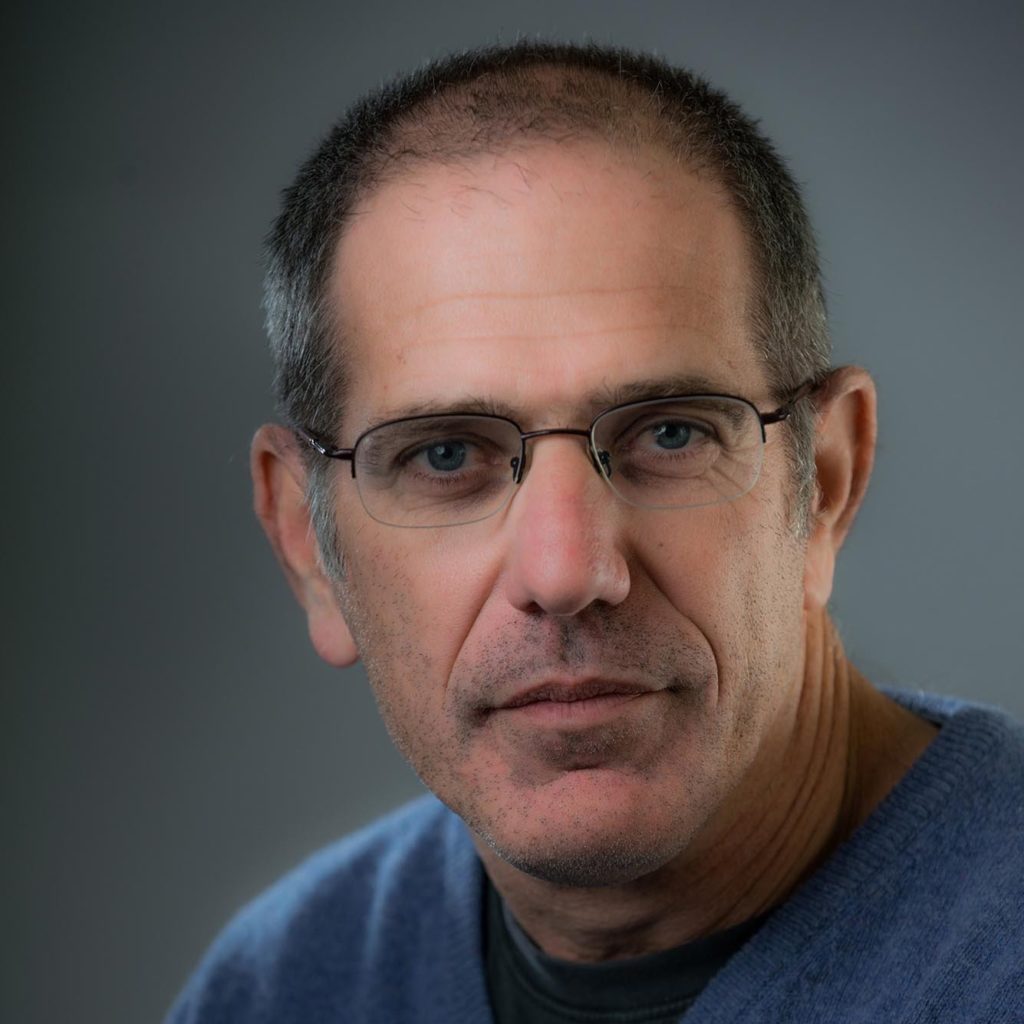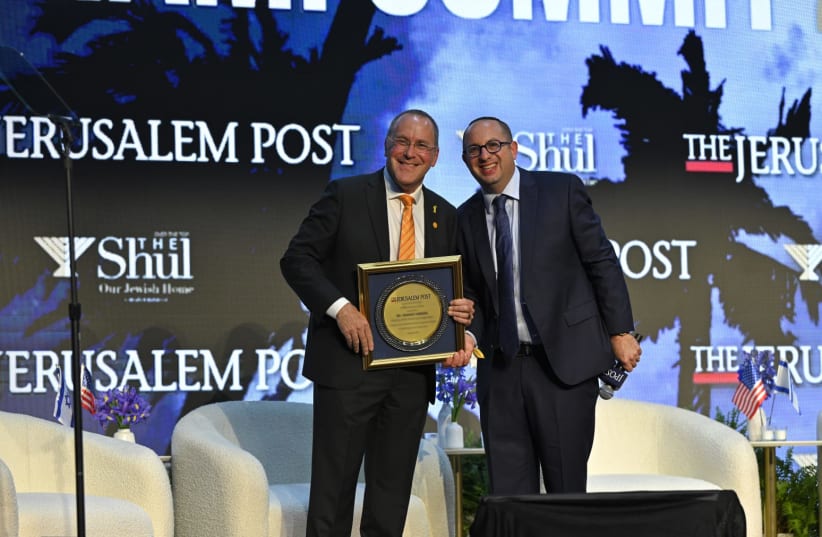
Anti-Cancer Drug Prices in the U.S. Are on the Rise
Anti-Cancer Drug Prices in the U.S. Are on the Rise
November 3, 2017
U.S. News & World Report — A new study in the Journal of Clinical Oncology focuses on the rising prices of anti-cancer drugs.
“Regardless of competition or supplemental indications, our study found that there is a steady increase in costs of patented anti-cancer drugs over time,” says researcher Prof. Dan Greenberg of BGU’s Department of Health Systems Management in the Faculty of Health Sciences and the Guilford Glazer Faculty of Business and Management.
“We believe that new regulations may be needed to prevent additional increases in drug costs after launch, especially since Medicare is legally prohibited from negotiating drug prices,” adds Prof. Greenberg.
Prof. Greenberg and his research team from Israel and the U.S. monitored monthly prices of 24 injectable, patented cancer drugs approved by the U.S. Food and Drug Administration between 1996 and 2012. Prices were tracked for eight years on average.
After adjusting for inflation, the researchers found that the average increase was 18 percent, regardless of new competition, additional FDA approvals or other uses of the drugs.
On the high end, rituximab (Rituxan), a drug for non-Hodgkin lymphoma, jumped 49 percent in price. And the breast cancer drug trastuzumab (Herceptin) surged by 44 percent, the study found.
The research team accounted for drug discounts and rebates by using the average sale prices published by the U.S. Centers for Medicare and Medicaid Services.
Only one of the 24 drugs decreased in price: ziv-aflibercept (Zaltrap), which is used to treat colon cancer that has spread, the researchers found.
The immense increase in drug prices has garnered a strong reaction from the public. When Sanofi, the drug maker, launched Zaltrap in 2012 its cost was more than $110,000 annually. By the end of the study period, the drug’s cost had dropped by 13 percent.
Read the full story on the U.S. News & World Report website >>




